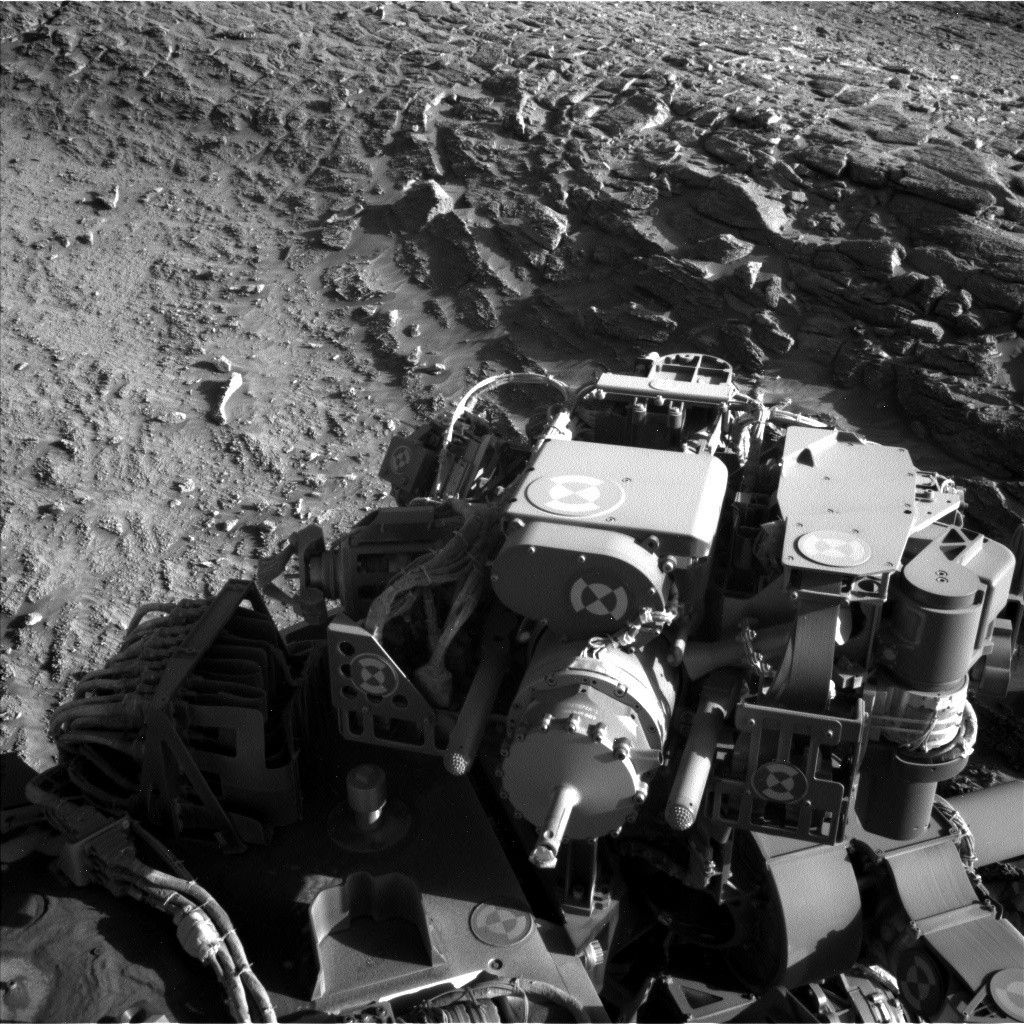NASA’s Curiosity Rover has made significant progress in its exploration of Mars, recently capturing an image of itself parked against a geological feature known as “Río Frío.” This event took place on August 19, 2025, during Sol 4634, marking the 4,634th day of the Mars Science Laboratory mission. The image was taken using Curiosity’s Left Navigation Camera at 14:51:33 UTC, showcasing the intricate terrain of the Martian landscape.
Scientific Exploration at Río Frío
Curiosity is currently investigating the wall of the Río Frío fracture, an area rich in geological features that provide insights into the planet’s history. The rover’s observations aim to uncover the internal structure and chemical composition of the surrounding ridges, which stand prominently against the flat terrain. Such data will help scientists understand the geological processes that have shaped Mars over time.
The mission team has planned extensive analyses to highlight both the structural and chemical aspects of the ridge. A series of large Mastcam mosaics will document the ridge from its base to the peak, while a MAHLI mosaic will focus on a horizon filled with resistant nodules and smooth surfaces that may represent ancient mineral veins. This target, dubbed “Jardín de las Delicias,” is expected to reveal a wealth of information regarding Mars’ geological past.
In addition to visual documentation, Curiosity’s APXS instrument will analyze a nodule-filled target named “Minimini,” and the SuperCam will examine a mineral vein at a site called “El Tapado.” These analyses are crucial for identifying the elemental composition of the Martian materials, which could shed light on the environmental conditions that existed when they formed.
Future Exploration and Monitoring
Curiosity’s journey continues as the rover prepares to move toward a smaller ridge that runs perpendicular to Río Frío. The team is eager to extract further secrets from these geological features. Beyond the immediate ridge, plans are in place for Mastcam and ChemCam imaging of the “Paniri” and “Mishe Mokwa” buttes, respectively. The rover will also conduct sky observations using its Navcam and Mastcam instruments, ensuring a comprehensive analysis of the Martian environment.
Throughout this mission, instruments such as the DAN, RAD, and REMS will continuously monitor the Martian atmosphere and surface, contributing to a deeper understanding of the conditions on Mars. As Curiosity navigates these complex terrains, it remains committed to uncovering the mysteries of the Red Planet.
For those interested in the ongoing updates from the Curiosity team, further details can be found on NASA’s official mission updates page, highlighting the rover’s ongoing scientific contributions to our understanding of Mars.
